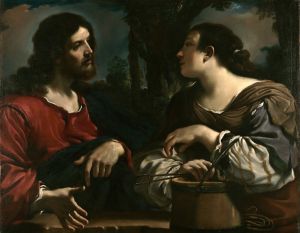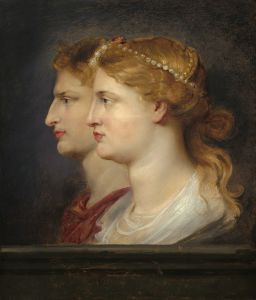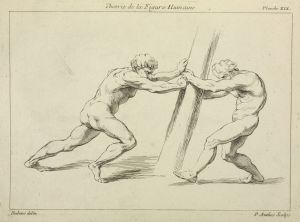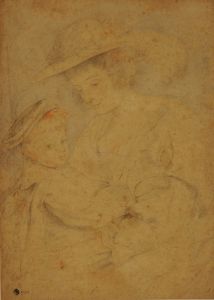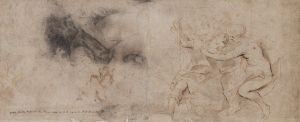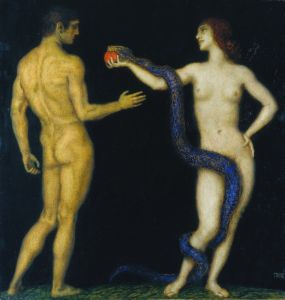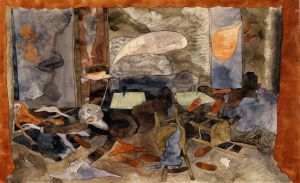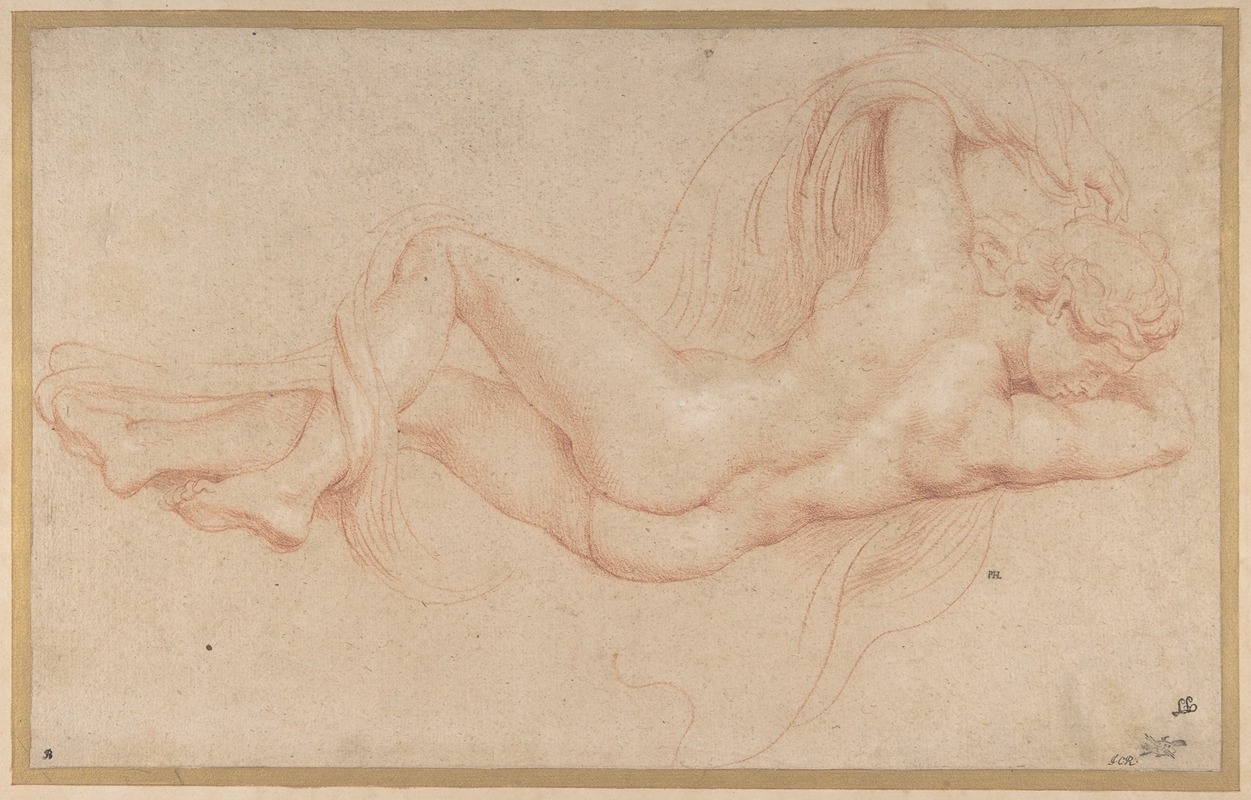
Hermaphrodite
A hand-painted replica of Peter Paul Rubens’s masterpiece Hermaphrodite, meticulously crafted by professional artists to capture the true essence of the original. Each piece is created with museum-quality canvas and rare mineral pigments, carefully painted by experienced artists with delicate brushstrokes and rich, layered colors to perfectly recreate the texture of the original artwork. Unlike machine-printed reproductions, this hand-painted version brings the painting to life, infused with the artist’s emotions and skill in every stroke. Whether for personal collection or home decoration, it instantly elevates the artistic atmosphere of any space.
"Hermaphrodite" is a painting by the renowned Flemish Baroque artist Peter Paul Rubens. Rubens, who lived from 1577 to 1640, is celebrated for his dynamic compositions, vibrant color palette, and masterful depiction of the human form. His works often draw on classical mythology, religious themes, and historical subjects, reflecting the cultural and intellectual currents of his time.
The painting "Hermaphrodite" depicts the mythological figure Hermaphroditus, who in Greek mythology is the son of Hermes and Aphrodite. According to the myth, Hermaphroditus was a beautiful youth who attracted the love of the nymph Salmacis. She prayed to the gods to be united with him forever, and her wish was granted by merging their bodies into one, creating a being with both male and female physical attributes.
Rubens' interpretation of Hermaphroditus is consistent with his interest in classical antiquity and his ability to convey complex human emotions and physical forms. The painting captures the androgynous beauty of Hermaphroditus, emphasizing the harmonious blend of male and female characteristics. Rubens' skillful use of light and shadow, as well as his attention to anatomical detail, brings a sense of realism and vitality to the mythological subject.
The exact date of the painting's creation is not definitively known, but it is believed to have been produced during Rubens' mature period, when he was at the height of his artistic powers. During this time, Rubens was highly sought after by patrons across Europe, including royalty, nobility, and the Catholic Church. His workshop in Antwerp was one of the most prolific and influential of the era, producing numerous masterpieces that have since become iconic.
"Hermaphrodite" reflects Rubens' deep engagement with classical themes and his ability to infuse them with a sense of drama and sensuality. The painting is also indicative of the broader Baroque movement, which emphasized movement, emotion, and a heightened sense of realism. Rubens' work in this genre helped to define the visual culture of the 17th century and left a lasting legacy on the development of Western art.
The painting is part of a larger body of work by Rubens that explores mythological subjects, often with a focus on the human body and its expressive potential. His depictions of mythological figures are notable for their dynamic compositions and the way they capture the physical and emotional intensity of the stories they represent.
As with many of Rubens' works, "Hermaphrodite" has been the subject of scholarly study and admiration. It exemplifies his ability to blend classical influences with his own distinctive style, creating works that are both timeless and deeply rooted in the cultural context of his time.
In summary, "Hermaphrodite" by Peter Paul Rubens is a testament to the artist's mastery of the Baroque style and his fascination with classical mythology. The painting's depiction of the mythological figure Hermaphroditus showcases Rubens' skill in rendering the human form and his ability to convey complex narratives through his art.







